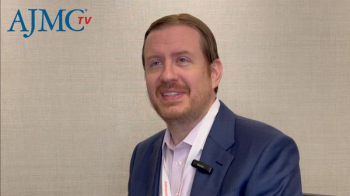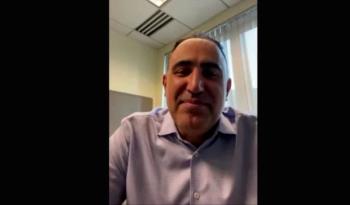
Emerging Data Continue to Evolve Treatment Utilization in MPNs
Despite being used for decades, there continues to be emerging data on interferons and how they should be used in patients with myeloproliferative neoplasms (MPNs), explains Raajit Rampal, MD, PhD, hematologic oncologist, associate attending physician, Memorial Sloan Kettering Cancer Center.
Emerging data are continually changing the knowledge base around how interferons should be used, despite being around for decades, in patients with myeloproliferative neoplasms (MPNs), says Raajit Rampal, MD, PhD, hematologic oncologist, associate attending physician, Memorial Sloan Kettering Cancer Center.
Transcript
How has the landscape for MPN treatment evolved since the introduction of interferons? How does it look different today?
I guess it's more a question of utilization than the landscape, in the sense that both things like hydroxyurea and interferons and drugs, like an anagrelide for ET [essential thrombocythemia], have been around for quite some time. And I think that it hasn't been clear for the majority of that time which drugs should be used when and by whom.
There is now randomized clinical trial data for pegylated interferon vs hydroxyurea, but more recently, particularly with regards to polycythemia vera, there's randomized data with ropeginterferon and hydroxyurea. And at least in that data set, the [blood] count control was superior with ropeginterferon vs hydroxyurea over the course of a number of years. Initially, at 1 year, there wasn't so much of a difference, but as time went on, there was clearly a difference that favored the use of ropeginterferon in terms of controlling the blood counts. Similarly, over time, there does seem to be a decrease in the JAK [Janus kinase] 2 mutation burden in the patients who got the ropeginterferon.
I think that there is an emerging data set that is arguing that there are benefits to interferon. Going back to the initial point here, the landscape has changed to some degree—with the introduction of something like ropeginterferon—but I think it's more that the data is evolving, which is beginning to tell us maybe which drugs might be best for which patients. We're not completely there by any stretch of the imagination, but the data is beginning to coalesce around the message.
Newsletter
Stay ahead of policy, cost, and value—subscribe to AJMC for expert insights at the intersection of clinical care and health economics.

















































